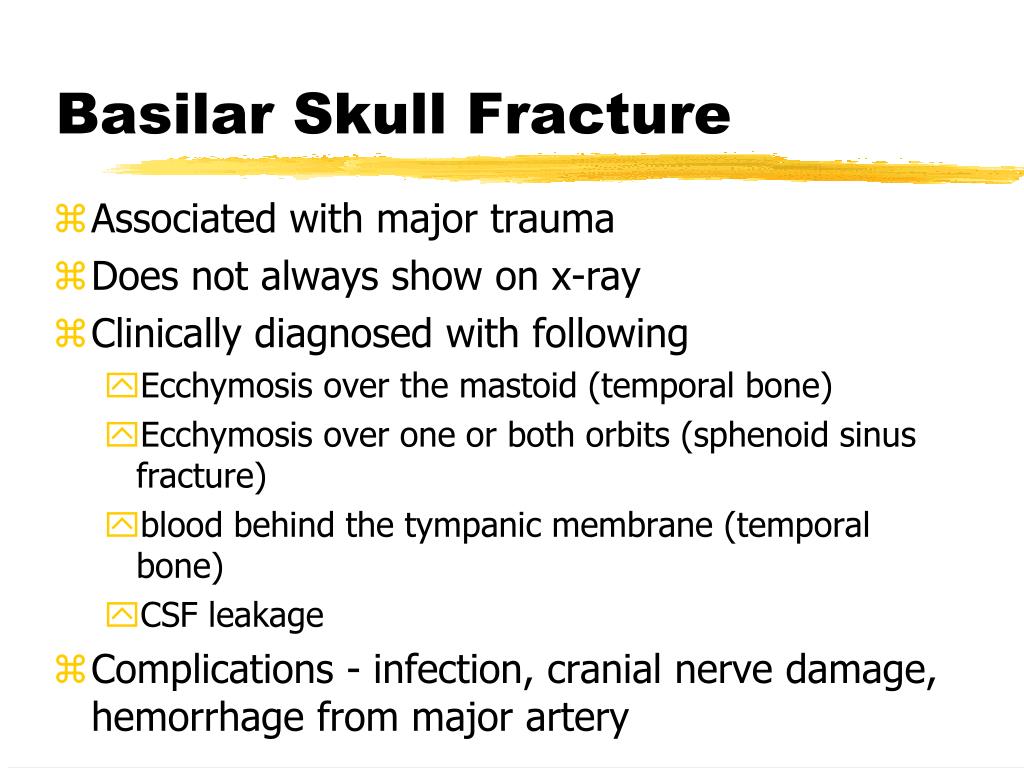

Hematoma: A hematoma is a blood clot within the brain or on its surface. Summarized below are different types of sequelae deveoped from TBIs: TBIs can cause “mass lesions,” w an area of localized injury such as hematomas and contusions that increase pressure within the brain. Introduction to Brain Injury – Facts and Stats, February 2000.

Deaths from head injuries account for 34 percent of all traumatic deaths.The mortality rate for TBI is 30 per 100,000, or an estimated 50,000 deaths in the U.S.The highest rates of TBI are observed in older adults (≥75 years 2,232 per 100,000 population), very young (0 to 4 years 1591 per 100,000), and young adults (15 to 24 years 1081 per 100,000).Sports and recreational activities contribute to about 21 percent of all TBIs among American children and adolescents.Males represent 78.8 percent of all reported TBI accidents and females represent 21.2 percent, with higher rates of TBI amongst males (959 per 100,000) than females (811 per 100,000).Each year, 80,000-90,000 people experience the onset of long-term or lifelong disabilities associated with TBI.Among children ages 14 and younger, TBI accounts for an estimated 2,529 deaths, 23,000 hospitalizations, and 837,000 emergency room visits.From 2006, there has been a 53% increase in the total number of TBI related ED visits, hospitalizations and deaths.There are about 288,000 hospitalizations for TBI every year, more than 20 times the number of hospitalizations for spinal cord injury.Estimated annual direct and indirect TBI costs are $76.5 billion.An estimated 13.5 million individuals live with a disability due to traumatic brain injury in the U.S. in 2014 with over 837,000 cases occurring amongst children. These pieces of hardware will remain in the toe permanently.According to the CDC, approximately 2.87 million cases of TBI occurred in the U.S. A surgeon can sometimes put a pin or a screw into the bone to help it heal properly. In very serious cases, surgery may be necessary to reset the broken bone or bones. This helps keep the injured toe stable while also giving your foot enough support to reduce some of the pain you may have while walking. You may be advised to wear a walking cast. If you have bone fragments in the toe that need to heal, taping may not be enough. More serious breaks may require additional treatment. By taping the broken toe to its neighbor, you give the injured toe the support it needs to begin healing. The non-broken toe is basically used as a splint to help keep the broken toe from moving too much.
#Basilar fracture symptoms skin#
Usually, a gauze pad is placed between the toes to prevent skin irritation. Typical treatment for a broken toe is called “buddy taping.” This involves taking the broken toe and carefully securing it to the toe next to it with medical tape. If you have surgery to repair the toe, your doctor may prescribe stronger pain medicines. You may also take over-the-counter painkillers, such as acetaminophen ( Tylenol), ibuprofen ( Advil, Motrin), or naproxen ( Aleve). It’s mostly up to you to rest your toe and keep it stable.Įven before you know whether your toe is broken, you should ice the injured toe and keep it elevated. With most cases of a broken toe, there’s little your doctor can do. They can examine your toe and determine the type of injury. The only way to tell for sure if the injury is a break or a sprain is to see your doctor. With a sprain, the pain may be felt in a more general area around the toe. Usually a break will hurt right where the bone has fractured. One other key difference between a break and a sprain is the location of the pain. A sprained toe may be painful for several days, but should then begin to improve. It will still swell, but will likely have less bruising. A bad break can also dislocate the toe, which can cause it to rest at an unnatural angle.Ī sprained toe shouldn’t look dislocated. Walking, or even just standing, can be painful. You’ll also have difficulty putting any weight on your toe. If you’ve broken your toe, the skin near the injury may looked bruised or temporarily change color. A broken bone, also called a fracture, may also cause swelling at the break. You may also hear the bone break at the time of injury. Throbbing pain in the toe is the first sign that it may be broken.


 0 kommentar(er)
0 kommentar(er)
